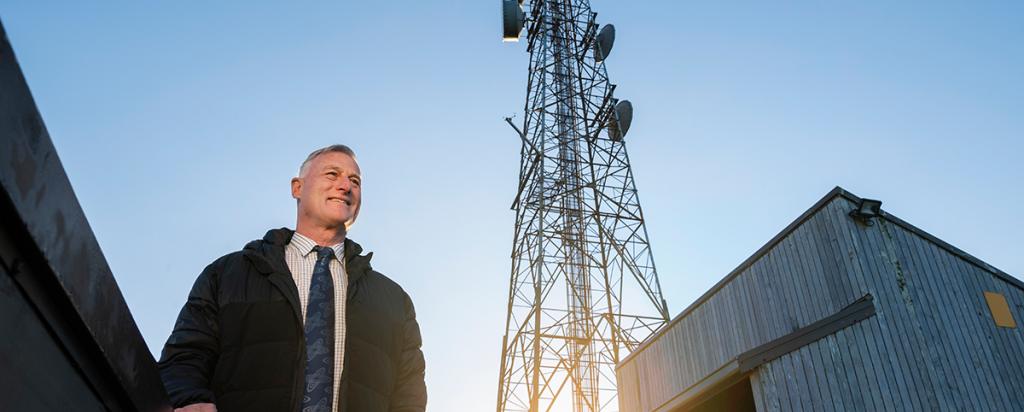
Today is World Environment Day, a United Nations initiative for encouraging worldwide awareness and action for the environment. This year’s theme is “Beat Air Pollution”, a call to action to combat this global crisis.
ANSTO's Research
ANSTO’s focus on sustainability contributes to research and technology which helps discover more about the effects of air pollution and how to improve air quality.
ANSTO's Centre for Accelerator Science has undertaken aerosol sampling measurements and the characterisation of fine particle pollution from key sites around Australia for more than 20 years.
“Using ion beam analysis methods, it is possible to not only determine the number of minute quantities of pollutants in the air but also to identify their sources,” said said Prof David Cohen, Distinguished Research Leader, Centre for Accelerator Science.
“Hard data, such as our particulate matter that is collected consistently over many years is the key to gaining insights into what is really happening to the quality of our air and the sources of pollution,” said Cohen.
This research contributed to the Australia State of the Environment (SoE) 2016.
Cape Grim Baseline Air Pollution Station in northwest Tasmania houses ANSTO’s highly sensitive radon monitor, which helped to redefine the cleanest air on the planet. Developments in radon measurement technology by ANSTO researchers over the past decade have enabled an improved characterisation of the composition of air masses that have traversed the Southern Ocean for up to three weeks since last touching land. That’s about as clean as air can get!
In other research, Dr Katy Wood was a part of a large international collaboration investigating Mesoporous nanoparticles, research that has the potential to significantly reduce the amount of pollution caused by cars and trucks. Small angle neutron scattering (SANS) was performed on the Quokka instrument at the Australian Centre for Neutron Scattering by Dr Katy Wood and Dr Md Shahriar Hossain, Senior Research Fellow from the University of Wollongong, to characterise the micelles in solution at two stages of the five-step process.